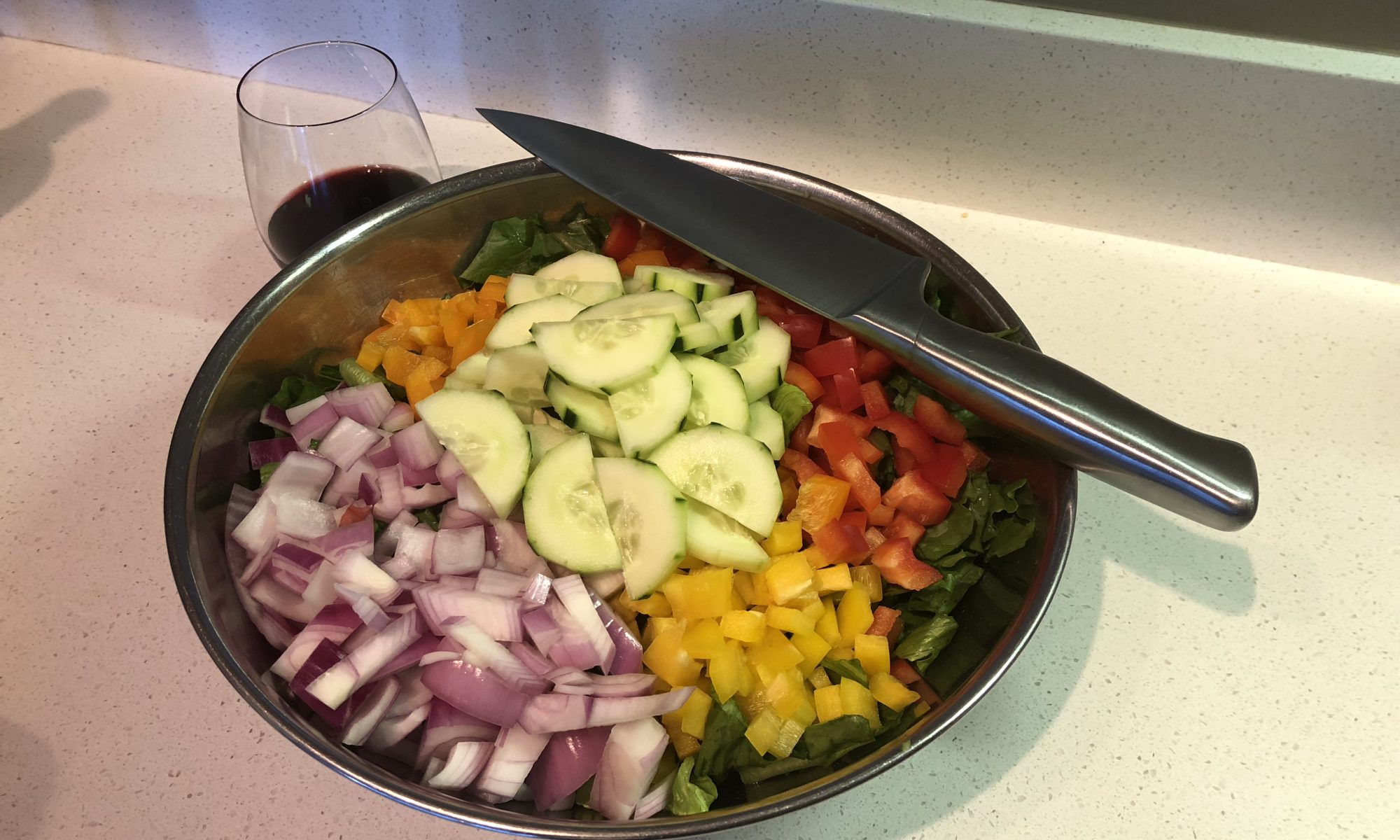“When life gives you lemons, ask for something higher in protein.” – Anonymous
Simply put, we wouldn’t exist without protein. Protein plays a lead role in nearly every function in your body.
It’s part of every cell in your body, and is used to help build muscle, organs, and other tissues. It’s also important for brain health and to help make enzymes, hormones, and other necessary chemicals.
Not only that, eating the right amount of protein will help to boost your metabolism and keep your weight in check.
AND….protein can also help you avoid gaining unwanted weight in the first place. This is because when you’re eating enough protein, you’ll feel fuller for a longer period of time, and have less of an urge to eat junk food.
In fact, studies have shown that when women eat around 30% of their diet from protein, they eat 441 fewer calories per day ( this will help with weight management ).
So here's a little challenge for you! Try eating about 30% of your calories from protein – which is ideal for fat loss and maintaining lean muscle mass.
You’ll be eating high-quality proteins like grass-fed meats, wild fish, and freerange poultry ( vegetarians will need to perhaps try eating more nuts , Tufu ,etc.) If you’re thinking that eating like this may start to get expensive…. it really doesn’t have to!
A lot of times you can find items at a discounted price just buy in bulk and freeze them! Also, make sure you check out local farms and farmers markets, season permitting.
Most of the time, you’ll be able to get a much better deal because you’re buying direct from the source. Not only that, but it’s always great to support our local community!

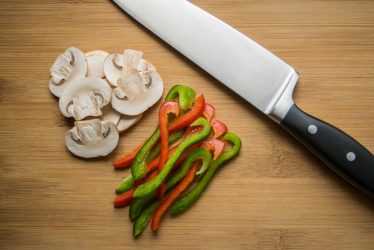


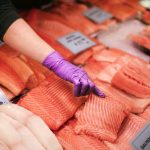 Note that fillets and steaks should have firm, elastic flesh and a fresh-cut, moist appearance, with no browning around the edges. Fillets separate if they are left too long in the case. The flesh should be almost translucent — as if you can almost see through it. There should be little evidence of bruising or reddening of the flesh from retention of blood. Prepackaged steaks and fillets should contain a minimum of liquid. Fish fillets stored in liquid deteriorate quickly.
Note that fillets and steaks should have firm, elastic flesh and a fresh-cut, moist appearance, with no browning around the edges. Fillets separate if they are left too long in the case. The flesh should be almost translucent — as if you can almost see through it. There should be little evidence of bruising or reddening of the flesh from retention of blood. Prepackaged steaks and fillets should contain a minimum of liquid. Fish fillets stored in liquid deteriorate quickly. They may be sold live, cooked, or fresh-shucked. Each form and species has different quality signs to examine.The shells of live clams, oysters, or mussels should look moist and be tightly closed. If the shells gape slightly, have your retailer tap them. If the shells do not close, do not purchase them. Do not purchase live shellfish with cracked shells. The bottom shell of an oyster should be well cupped — a sign that the oyster inside is plump and well formed. The “neck” or “snout” of soft-shelled clams should show movement.The meats of fresh-shucked clams, oysters, or mussels should be plump and covered with their liquor. Their liquor should be clear or slightly opalescent (slightly milky or light gray) and free of shell or grit. There should be no strong odor.
They may be sold live, cooked, or fresh-shucked. Each form and species has different quality signs to examine.The shells of live clams, oysters, or mussels should look moist and be tightly closed. If the shells gape slightly, have your retailer tap them. If the shells do not close, do not purchase them. Do not purchase live shellfish with cracked shells. The bottom shell of an oyster should be well cupped — a sign that the oyster inside is plump and well formed. The “neck” or “snout” of soft-shelled clams should show movement.The meats of fresh-shucked clams, oysters, or mussels should be plump and covered with their liquor. Their liquor should be clear or slightly opalescent (slightly milky or light gray) and free of shell or grit. There should be no strong odor.
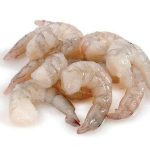 meat should be firm and have a mild odor. The shells of most varieties are translucent with a grayish green, pinkish tan, or light pink tint.The shells should not have blackened edges or black spots — this is a sign of quality loss. Cooked shrimp meat should be firm and have no disagreeable odor. The color of the meat should be white with red or pink tints. Tiger shrimp have blueish colored shells with black lines between the segments of the shell (these are not black spots).
meat should be firm and have a mild odor. The shells of most varieties are translucent with a grayish green, pinkish tan, or light pink tint.The shells should not have blackened edges or black spots — this is a sign of quality loss. Cooked shrimp meat should be firm and have no disagreeable odor. The color of the meat should be white with red or pink tints. Tiger shrimp have blueish colored shells with black lines between the segments of the shell (these are not black spots).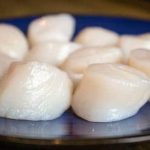 are not usually sold live because they are highly perishable. Typically scallops are shucked at sea shortly after capture. On occasion, day boats will bring whole scallops to market or local restaurants. Fresh scallop meats have a firm texture and a distinctly sweet odor. A sour or iodine smell indicates spoilage. The smaller bay and calico scallops are usually creamy white, although there may be some normal light tan or pink coloration. The larger sea scallops are also generally creamy white, although they may show some normal light orange or pink color.
are not usually sold live because they are highly perishable. Typically scallops are shucked at sea shortly after capture. On occasion, day boats will bring whole scallops to market or local restaurants. Fresh scallop meats have a firm texture and a distinctly sweet odor. A sour or iodine smell indicates spoilage. The smaller bay and calico scallops are usually creamy white, although there may be some normal light tan or pink coloration. The larger sea scallops are also generally creamy white, although they may show some normal light orange or pink color.